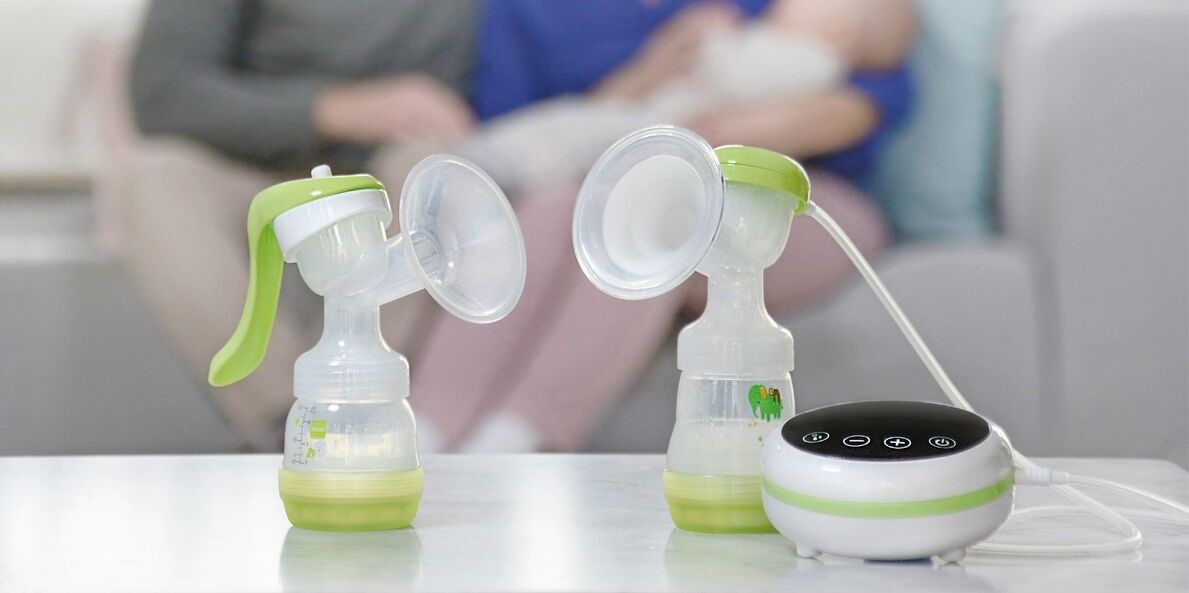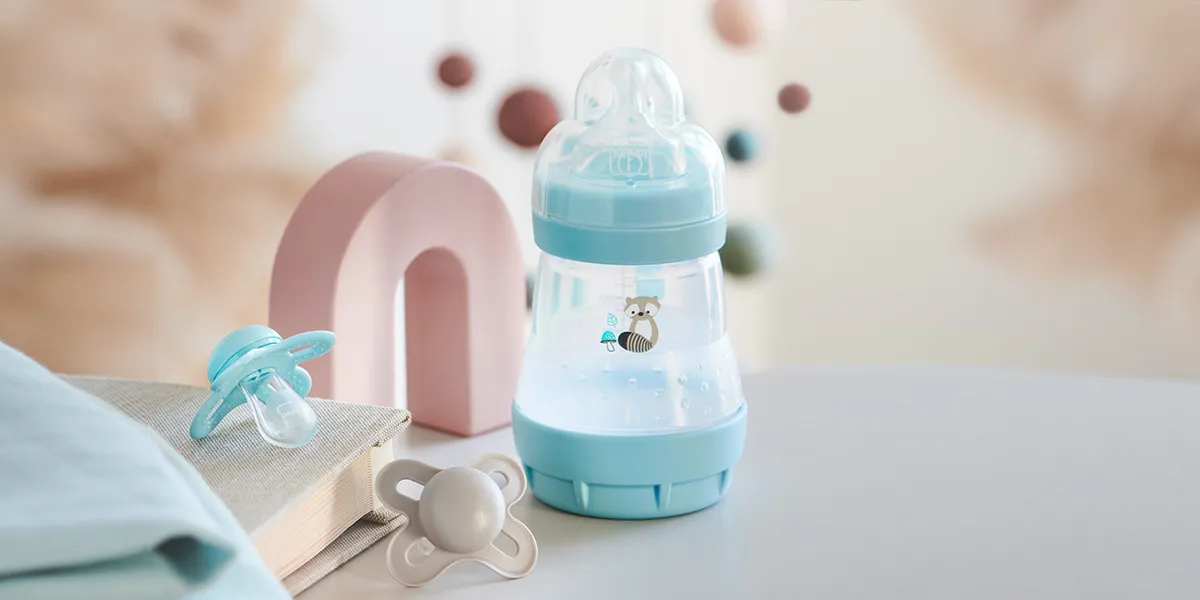Welcome to the 10th month of pregnancy! Week 37 signals the final stretch. If you can barely wait and you have absolutely no desire to be pregnant any longer, you are in good company. Many expectant moms are longing for it all to end by now. However, some infants are still in the breech position, sitting feet-first in the uterus. Here, we explain what this means and what the chances are that your baby will actual arrive on their estimated due date (EDD).
What's Going On in Your Belly at 37 Weeks Pregnant?
The fetus is around 19 inches long (crown to heel) and weighs approx. 6 lbs.
The substance "surfactant", which is required for respiration, is now being produced by the cells in the lungs in sufficient quantities, meaning your baby would be able to breathe independently outside the womb. Surfactant ensures that the air sacs in the lungs do not collapse after exhalation – otherwise inhalation would be extremely difficult and perhaps even impossible.
Your baby is now about the size of a marrow.

Your little one is now awake more often and for longer periods, and blinks its eyes. It is already able to see, although the vision is not yet sharp because the optic nerve continues to develop during the first few months after birth.
Your baby's intestine is filled with "meconium": this is the first stool, which consists of residual amniotic fluid, flakes of skin, and bile. It is almost black in color. Your baby will usually pass its first stool during the days just after birth. However, in stressful situations (for example if the umbilical cord becomes wrapped around the baby's neck), meconium may be passed into the amniotic fluid shortly before or during labor. If this happens, the amniotic fluid will turn green. In this case, the baby will be carefully monitored during birth to prevent further complications.
How Do You Feel at 37 Weeks Pregnant?
Due to hormonal changes, many women experience light spotting or reddish-brown cervical mucus. This can be due to a number of causes and it is therefore important to keep an eye on this. If you experience more than just a few drops of blood, or brightly colored fresh blood, consult your doctor to be on the safe side. Bleeding could also be due to a (rare) placenta detachment or another complication.
Dark red or brownish discharge may be a sign that the mucus plug is starting to detach. This is also referred to as "a show". The cervix will also become softer and more sensitive, meaning that sex may also trigger light bleeding.
Your labor could start at any time and you should therefore monitor any bleeding and watery discharge carefully. Almost all babies enter the world between the end of week 37 and week 42 of pregnancy. But very few babies arrive on their estimated due date!
What does it mean if my baby is in the breech position?
By now, your baby should have turned so that it is positioned head-down, ready for the birth. However, roughly 4% of infants remain upright in the womb, sitting on their bottoms. There can be anatomical reasons for this (for example, the mother's pelvis, the baby's head, a disproportion between size of the baby and the pelvis, or uterine anomalies) or it may be due to the umbilical cord – however, it is often impossible to say why this actually happens.
In many cases, a cesarean section will be recommended with a breech presentation (Br. for short). One reason for this is that because the head does not seal the pelvis, a dangerous umbilical cord prolapse can occur after the membranes rupture. Generally speaking, the risk of a lack of oxygen during labor is somewhat higher. Furthermore, this type of labor requires special knowledge on the part of the midwives – this knowledge is increasingly lost through a growing number of cesarean sections. However, there are hospitals and clinics that specialize in breech births and may be able to facilitate spontaneous delivery depending on the precise position of the baby. After all, a cesarean section is also associated with a number of risks and a vaginal birth brings with it many advantages for both mother and child.
When the baby is in a breech position, a detailed distinction is made between the various positions, which have an impact on planning for the birth:
- Frank breechThe legs are stretched upwards in front of the body with straight knees – the best position for a vaginal birth
- Incomplete breechThe legs are bent in front of the body – a vaginal delivery is possible
- Footling breechThe legs are below the baby, so that either one or both legs would arrive in the birth canal first – vaginal delivery is difficult.
With a breech presentation, it may be possible to attempt turning by means of an external cephalic version. During this process, midwives and/or obstetricians attempt to turn the baby in the uterus by applying pressure. Because this can result in complications, an external cephalic version is usually carried out in a hospital while carefully monitoring both mother and baby. Sufficient space must be available in the uterus for this procedure – an external cephalic version should therefore take place no later than during week 37 of pregnancy.
However, even if this is unsuccessful, the cesarean section is luckily still an option today and increasing numbers of hospitals are making efforts to ensure the birthing experience is positive for both mother and child. Breastfeeding-friendly units take great care, for example, to make sure the newborn baby is placed on the woman's breast immediately after birth to promote bonding. Furthermore, a unique relationship is not built on one moment alone – the bond established between parents and children develops over time and with lots of cuddles, regardless of how the birth went!
Photo Credits: Shutterstock
Sources:
Your Pregnancy Week by Week, Prof. Lesley Regan, DK Limited, London, 2019, pp. 269 f.





























